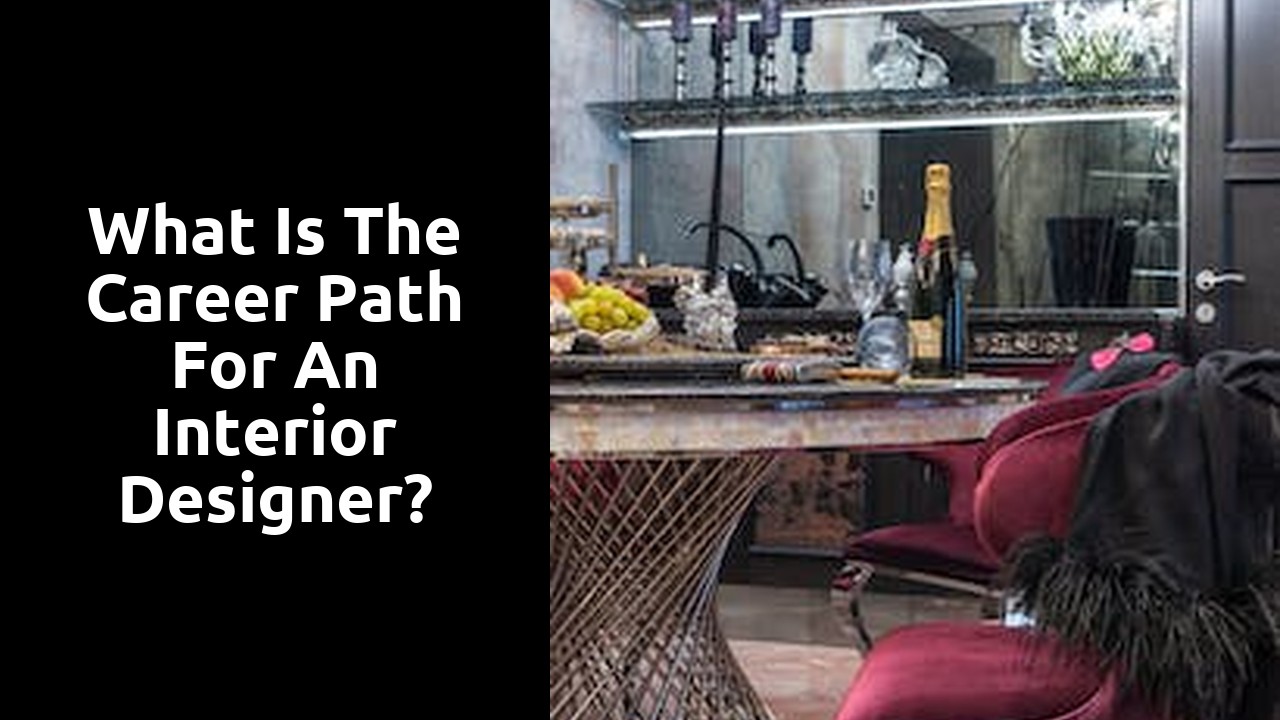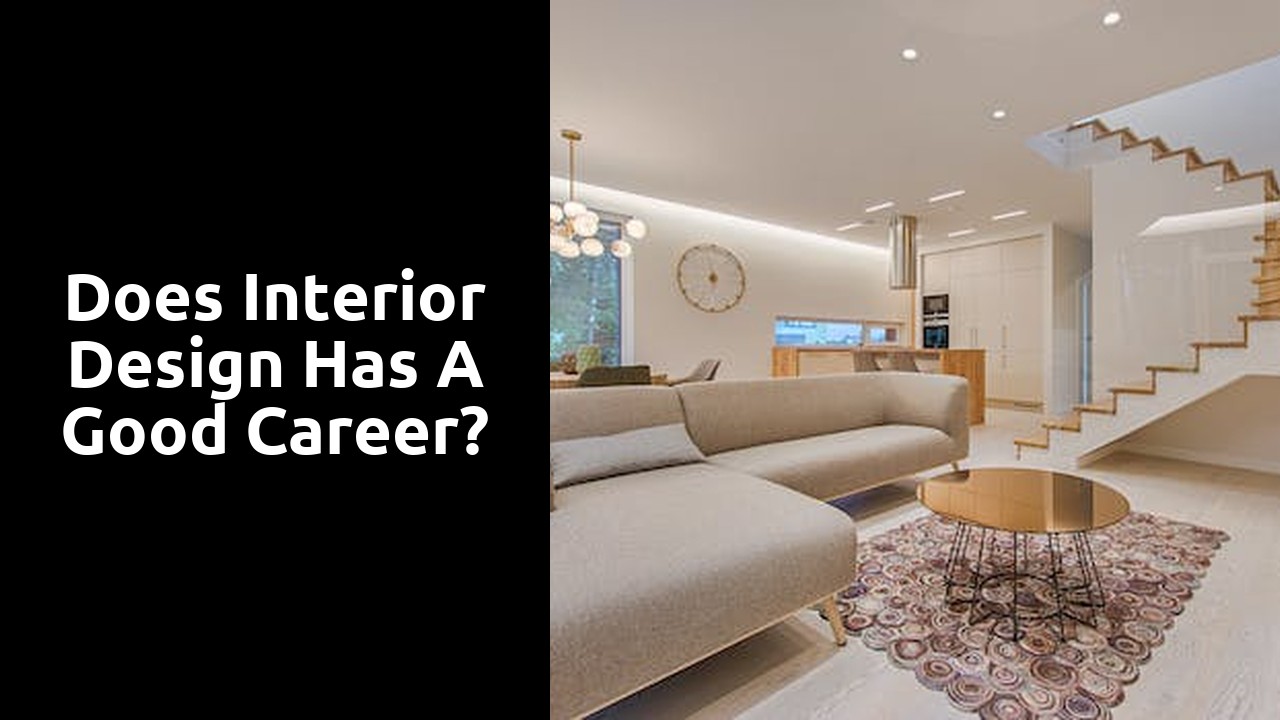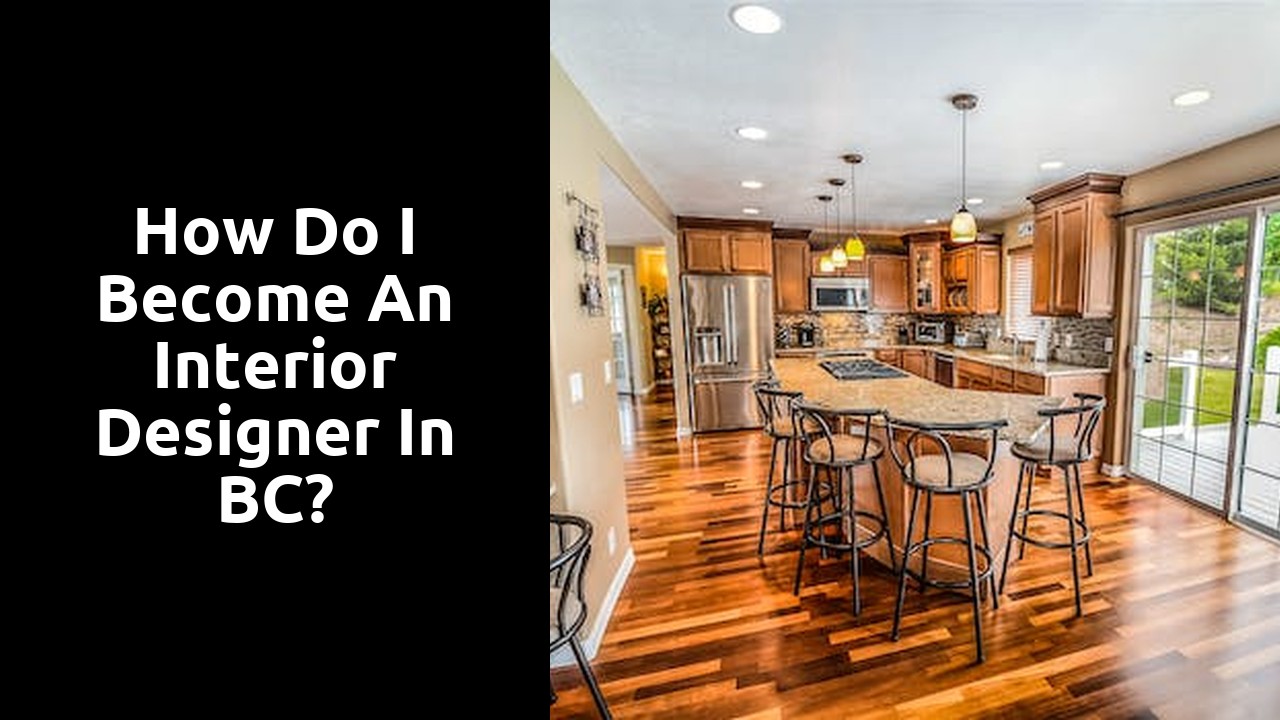Exploring the Path to Becoming an Interior Designer
Becoming an interior designer is a dream for many individuals who have a passion for creating beautiful and functional spaces. However, the path to this rewarding career is not always straightforward. It requires a combination of education, skills, experience, and a keen eye for design.
One of the first steps towards becoming an interior designer is to obtain a formal education in the field. Many colleges and universities offer degree programs in interior design or a related field. These programs provide students with a solid foundation of knowledge and skills necessary for success in the industry. Courses typically cover topics such as color theory, space planning, furniture design, lighting, and materials. Additionally, students may have the opportunity to gain hands-on experience through internships or design projects. It is important to choose a program that is accredited by a reputable organization, as this can greatly enhance your chances of finding employment in the future.
Unveiling the Essential Skills for Interior Design Success
To achieve success as an interior designer, there are several essential skills that one must possess. Firstly, creativity is key in this profession. Being able to envision unique, innovative designs and think outside the box is crucial. From color schemes to furniture arrangements, a creative eye will allow an interior designer to transform any space into a work of art.
In addition to creativity, attention to detail is a skill that cannot be overlooked. Interior designers must have a keen eye for the small details that can make or break a design. Whether it’s selecting the perfect throw pillow or ensuring that the spacing between furniture is just right, attention to detail is what sets apart a good interior designer from a great one. Being able to notice and fix even the tiniest imperfections is what elevates a design to the next level.
Navigating the Educational Requirements for a Career in Interior Design
When it comes to pursuing a career in interior design, a solid educational foundation is crucial. While it is not always required to have a formal degree in interior design, obtaining one can greatly enhance your chances of securing employment and advancing in the field. Many professionals opt to pursue a bachelor’s degree in interior design or a related field, as this provides comprehensive training in areas such as space planning, color theory, and design principles. Some universities also offer master’s programs in interior design, which can provide a higher level of expertise and specialization.
In addition to formal education, aspiring interior designers can also benefit from obtaining professional certifications and licenses. These credentials serve as proof of competency and can elevate your standing in the industry. The National Council for Interior Design Qualification (NCIDQ) offers a well-recognized certification for interior designers that involves passing a rigorous exam. Other organizations, such as the American Society of Interior Designers (ASID) and the Interior Designers of Canada (IDC), also offer certifications and memberships that can enhance professional credibility. It is important to thoroughly research the specific requirements for certification and licensure in your desired area of practice, as they can vary by location.
The Art of Balancing Creativity and Technical Knowledge in Interior Design
Finding the perfect balance between creativity and technical knowledge is crucial for success in the field of interior design. While creativity allows designers to envision unique and visually stunning spaces, technical knowledge provides them with the necessary tools and understanding to bring these visions to life.
Creativity is the backbone of interior design, enabling designers to think outside the box and create spaces that are not only aesthetically pleasing but also functional and practical. A creative interior designer can transform a dull and uninspiring space into a captivating and inviting haven. By using their imagination and artistic flair, they are able to incorporate unique design elements, colors, textures, and patterns to create a cohesive and harmonious environment. However, creativity alone is not enough to excel in the field. Technical knowledge is equally important. Interior designers must be well-versed in various design principles, building codes, materials, and construction techniques. This knowledge allows them to effectively communicate and collaborate with architects, contractors, and clients to ensure that the design concept is feasible and can be brought to reality within budget and time constraints. By combining creativity and technical expertise, interior designers can strike the perfect balance, resulting in designs that are not only visually appealing but also practical and functional.
From Blueprint to Reality: Understanding the Role of an Interior Designer
An interior designer plays a crucial role in bringing a blueprint to life, transforming an empty space into a functional and aesthetically pleasing environment. This involves understanding the client’s vision, creatively interpreting their requirements, and translating them into a tangible design concept. From selecting furniture and materials to determining the color palette and lighting design, the interior designer works closely with clients, contractors, and vendors to ensure that the envisioned space becomes a reality.
To effectively execute their role, interior designers must have a keen eye for detail and a strong sense of creativity. They must be able to visualize the end result and think outside the box to create innovative and unique designs. Additionally, the ability to balance creativity with technical knowledge is paramount, as interior designers are also responsible for ensuring that their designs comply with building codes, safety regulations, and accessibility standards. By marrying their artistic vision with practical considerations, interior designers bring beauty and functionality together in a seamless manner, creating spaces that not only look stunning but also serve their intended purpose.
Mastering the Tools and Technologies of the Trade as an Interior Designer
In order to excel as an interior designer, it is crucial to develop a mastery of the tools and technologies of the trade. With the advancements in technology, there are a plethora of software programs and applications that can greatly enhance the design process. One such tool is computer-aided design (CAD) software, which allows designers to create detailed and precise floor plans, 3D models, and renderings. Moreover, there are countless online platforms and apps that offer inspiration, mood boards, and virtual room design, which can be incredibly helpful in visualizing design concepts and communicating ideas to clients. By effectively utilizing these tools and technologies, interior designers can streamline their workflow, enhance their creativity, and ultimately deliver exceptional results to their clients.
In addition to software and online platforms, interior designers must also be well-versed in the various materials and finishes used in the industry. Understanding the properties and characteristics of different materials is essential for selecting the right ones that align with the client’s vision as well as meet functional requirements. Additionally, familiarity with building codes and regulations is paramount in ensuring that designs adhere to safety and legal standards. It is also crucial for interior designers to keep up with the latest trends and innovations in the field, as new materials and technologies are constantly emerging. By staying updated on industry developments, interior designers can offer unique and cutting-edge solutions to their clients, setting themselves apart from the competition.
FAQS
What qualifications do you need to become an interior designer?
To become an interior designer, you typically need a bachelor’s degree in interior design or a related field. However, some states may require interior designers to be licensed, which usually involves passing an exam and fulfilling specific education and experience requirements.
Can you become an interior designer without a degree?
While a degree in interior design is typically preferred, it is possible to become an interior designer without one. Some individuals may gain relevant experience through apprenticeships, internships, or working in related fields. However, having a degree can provide a solid foundation and enhance job prospects.
What skills are essential for success in interior design?
Essential skills for interior design success include creativity, artistic ability, visual and spatial awareness, good communication skills, problem-solving abilities, attention to detail, and proficiency in using design software and tools.
What educational requirements are needed to pursue a career in interior design?
Most interior design positions require a bachelor’s degree in interior design, architecture, or a closely related field. Some individuals may also pursue a master’s degree for further specialization or advancement opportunities.
How do interior designers balance creativity and technical knowledge?
Interior designers balance creativity and technical knowledge by combining aesthetic vision with practical considerations such as building codes, safety regulations, and spatial planning. They must understand the technical aspects of construction, materials, and design principles while bringing innovative and visually appealing ideas to life.
What is the role of an interior designer in the design process?
The role of an interior designer is to create functional and aesthetically pleasing spaces for clients. They collaborate with clients to understand their needs, develop design concepts, create layouts, select furnishings and materials, and oversee the implementation of the design plan.
What tools and technologies do interior designers use?
Interior designers use a variety of tools and technologies, including computer-aided design (CAD) software, 3D modeling software, virtual reality tools, graphic design software, and industry-specific tools for space planning, material selection, and project management. These tools help them visualize designs, communicate ideas, and create professional presentations for clients.
Related Links
Which interior design course is best?
Do you make a lot of money in interior design?


